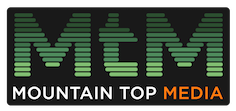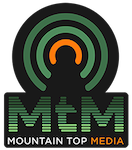
The Internal Revenue Service issued a special alert for several groups of federal benefit recipients to act by Noon Eastern Time this Wednesday, April 22, if they didn’t file a tax return in 2018 or 2019 and have dependents so they can quickly receive the full amount of their Economic Impact Payment.
Their $1,200 payments will be issued soon and in order to add the $500 per eligible child amount to these payments, the IRS needs the dependent information before the payments are issued. Otherwise, their payment at this time will be $1,200 and, by law, the additional $500 per eligible child amount would be paid in association with a return filing for tax year 2020.
Following extensive work by the IRS and other government agencies, $1,200 automatic payments will be starting soon for those receiving Social Security retirement, survivor or disability benefits (SSDI), Railroad Retirement benefits, Supplemental Security Income (SSI) and Veterans Affairs beneficiaries who didn’t file a tax return in the last two years. No action is needed by these groups; they will automatically receive their $1,200 payment.
For those benefit recipients with children who aren’t required to file a tax return, an extra step is needed to quickly add $500 per eligible child onto their automatic payment of $1,200.
For people in these groups who have a qualifying child and didn’t file a 2018 or 2019 tax return, they have a limited window to register to have $500 per eligible child added automatically to their soon-to-be-received $1,200 Economic Impact Payment. A quick trip to a special non-filer tool on IRS.gov by noon Eastern time, Wednesday, April 22, for some of these groups may help put all of their eligible Economic Income Payment into a single payment.
“We want to ‘Plus $500’ these recipients with children so they can get their maximum Economic Impact Payment of $1,200 plus $500 for each eligible child as quickly as possible,” said IRS Commissioner Chuck Rettig. “They’ll get $1,200 automatically, but they need to act quickly and register at IRS.gov to get the extra $500 per child added to their payment. These groups don’t normally have a return filing obligation and may not realize they qualify for a larger payment. We’re asking people and organizations throughout the country to share this information widely and help the IRS with the Plus $500 Push.”
To help spread the word to recipients with children about this special “Plus $500 Push,” the IRS has additional material available on a special partner page that can be shared with friends, family members, and community groups. This effort will focus on the initial April 22 deadline and continue this spring to reach as many people as possible since the child payments will continue to be made in the weeks and months ahead.
Source: Mountain Top


